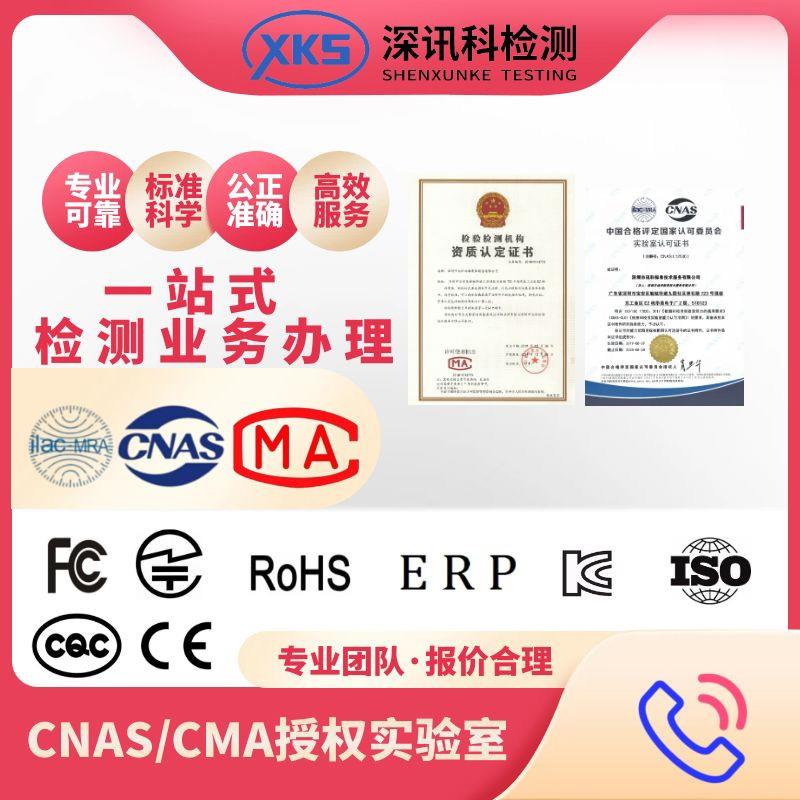Composition analysis detection and scope

Information technology provides component analysis and testing
(1) Composition analysis (analysis of unknown materials) and formulation development of additives: coating additives, rubber additives, plastic additives, combustion aids, flux, electroplating additives, textile leather additives, electronic additives, ceramic additives, textile leather additives, water treatment agents, etc
(2) Composition analysis (analysis of unknown substances) and formulation development of cleaning agents: soap and synthetic detergent, detergent, toilet cleaner, metal cleaner, marble cleaner, silicon wafer cleaner) cement grinding aid, cutting fluid, paint remover and release agent; Flocculant, scale inhibitor, crude oil demulsifier, oil / water (powder) and wax removal water; Phosphating solution, polishing solution (wax), brightener, electroplating solution and other products
(3) Composition analysis (unknown material analysis) and formulation development of adhesives: lotion (white emulsion, pressure sensitive adhesive, fabric coating lotion, flocking adhesive, printing lotion, laminating adhesive, label adhesive, non-woven fabric adhesive, etc.), double-sided adhesive, polyurethane adhesive, epoxy adhesive, PVC adhesive, all-purpose adhesive, filter core adhesive, self-adhesive, light curing adhesive, hot melt adhesive, AB adhesive, silicone adhesive, wood adhesive, phenolic resin adhesive, caulking adhesive, potting adhesive Building lotion setting adhesive.
(4) Composition analysis (analysis of unknown substances) and formulation development of other products can be consulted for details.
Common separation and enrichment methods in chemical analysis include:
1. Precipitation separation method;
2. Solvent extraction separation method;
3. Ion exchange separation method;
4. Chromatographic separation method;
5. Volatilization and distillation separation method;
Common chemical analysis methods include:
1. Gas chromatography:
Because of the different stationary phases used, they can be divided into two types. The gas-solid chromatography using solid adsorbents as the stationary phase and the gas-liquid chromatography using monomers coated with the stationary liquid as the stationary phase.
According to the principle of chromatographic separation, gas chromatography can also be divided into adsorption chromatography and distribution chromatography. In gas-solid chromatography, the stationary phase is adsorbent, gas-solid chromatography belongs to adsorption chromatography, and gas-liquid chromatography belongs to distribution chromatography.
Gas chromatography has many advantages, but it is mainly used to determine volatile substances.
2. Liquid chromatography: chromatography using liquid as mobile phase.
Liquid chromatography can not directly give the qualitative results of unknown substances by chromatogram, but must be qualitative by comparison with known standards.
When there is no pure substance control in liquid chromatography, it is difficult to identify qualitatively. At this time, mass spectrometry, infrared and chemical methods are required. In addition, most metal salts and substances with poor thermal stability cannot be analyzed. This disadvantage can be overcome by high performance liquid chromatography.
3. Infrared spectrum analysis: it is an analytical method to determine the molecular structure of substances and identify compounds according to the relative vibration and molecular rotation of atoms within molecules.
Infrared spectroscopy is widely applicable to samples. Solid, liquid or gaseous samples can be used. Inorganic, organic and polymer compounds can be detected. In addition, the infrared spectrum also has the characteristics of rapid testing, convenient operation, good repeatability, high sensitivity, small sample consumption and simple instrument structure.
4. Electron microscope scanning analysis: it is applied to the inspection and research of metallic materials (steel, metallurgy, non-ferrous and mechanical processing) and non-metallic materials (Chemistry, chemical engineering, petroleum, geology and mineralogy, rubber, textile, cement and glass fiber). In the fields of material science research, metal materials, ceramic materials, semiconductor materials, chemical materials and so on, the micro morphology, structure and composition analysis of materials, observation of morphology and structure of various materials, fracture analysis and failure analysis of materials, real-time micro area composition analysis of materials, quantitative and qualitative composition analysis of elements, rapid multi-element surface scanning and line scanning distribution measurement, phase identification of crystals and grains, grain size and shape analysis, Crystal and grain orientation measurement.
5. Mass spectrometry: a method for detecting moving ions (charged atoms, molecules or molecular fragments, including molecular ions, isotope ions, fragment ions, rearranged ions, multi charged ions, metastable ions, negative ions and ions generated by ion molecule interaction) by separating them according to their mass to charge ratio with electric field and magnetic field.
Mass spectrometry is widely used in organic chemistry, biochemistry, drug metabolism, clinical, toxicology, pesticide determination, environmental protection, petrochemistry, geochemistry, food chemistry, phytochemistry, cosmochemistry and national defense chemistry. Multi ion detection by mass spectrometer can be used for qualitative analysis and quantitative analysis. Stable isotope isomers of the tested compounds are used as internal standards to obtain more accurate results.
The main test items are:
1. Analysis of unknown substances (composition analysis) and formulation development
2. Comprehensive utilization appraisal of renewable resources
3. Dioxin detection
4. Detection and identification of hazardous wastes
5. Full item analysis and structure confirmation of drug approval
6. Detection of food, agricultural products, feed and food grade contact materials
7. Testing of medical and health products
8. Detection of pesticides, veterinary drugs and fertilizers
9. Environmental detection and monitoring
10. Detection of daily chemical products
11. Detection of hazardous chemicals in toys, textiles and leather
12. Detection of toxic and harmful substances in electronic appliances
13. Oil quality inspection
(14) environmental reliability test

